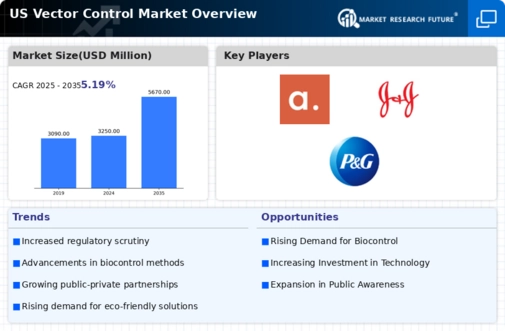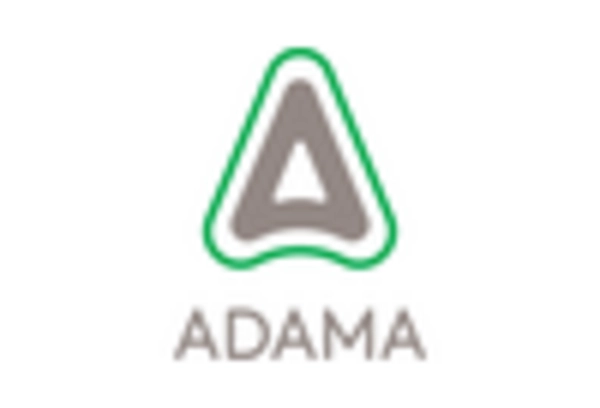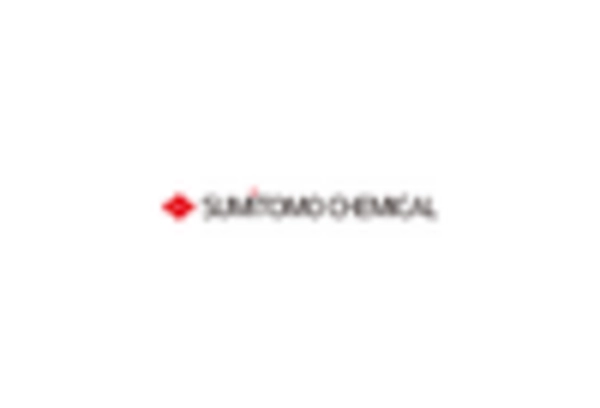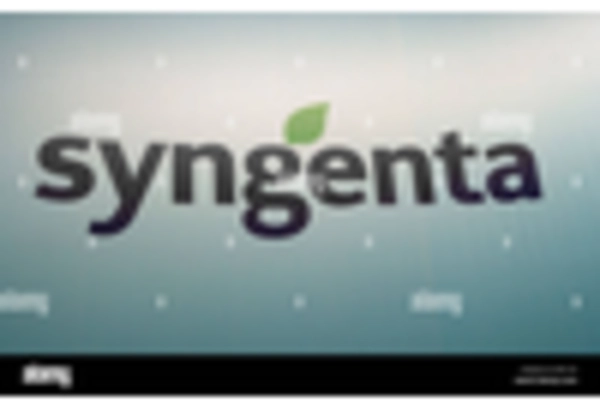Government Funding and Support
Government funding plays a crucial role in the vector control market, as federal and state agencies allocate resources to combat vector-borne diseases. Programs funded by the CDC and local health departments are essential for implementing effective vector control measures. In recent years, funding for vector control initiatives has increased, reflecting the growing recognition of the public health threat posed by vectors. The vector control market is likely to benefit from sustained government support, which may include grants for research and development of new control methods. This financial backing is vital for enhancing the capacity of vector control programs across the US.
Rising Vector-Borne Disease Incidence
The increasing incidence of vector-borne diseases in the US is a primary driver for the vector control market. Diseases such as West Nile virus, Zika virus, and Lyme disease have seen a rise in reported cases, prompting public health initiatives and increased funding for vector control measures. According to the Centers for Disease Control and Prevention (CDC), the number of reported cases of Lyme disease has increased by over 300% in the last two decades. This alarming trend necessitates the implementation of effective vector control strategies, thereby expanding the market. The vector control market is likely to experience growth as municipalities and health departments allocate more resources to combat these diseases, ensuring public safety and health.
Urbanization and Environmental Changes
Urbanization and environmental changes are significant factors influencing the vector control market. As urban areas expand, the habitats for vectors such as mosquitoes and ticks also increase, leading to higher risks of disease transmission. The vector control market must adapt to these changes by developing targeted strategies to manage vector populations in urban settings. Additionally, climate change is altering the distribution of vectors, necessitating innovative control measures. The market is expected to grow as urban planners and public health officials collaborate to implement effective vector control strategies that address the challenges posed by urbanization and environmental shifts.
Increased Public Awareness and Education
Public awareness regarding the risks associated with vector-borne diseases is growing, which significantly impacts the vector control market. Educational campaigns by health organizations and government agencies have heightened awareness about prevention methods, such as eliminating standing water and using insect repellent. This increased awareness is likely to drive demand for vector control products and services. The vector control market benefits from this trend as consumers become more proactive in seeking solutions to mitigate risks. Furthermore, educational initiatives may lead to increased funding for vector control programs, enhancing the overall market landscape.
Technological Innovations in Vector Control
Technological advancements are reshaping the vector control market, introducing innovative solutions for pest management. The development of smart traps, drones for surveillance, and genetically modified organisms (GMOs) for pest control are examples of how technology is enhancing effectiveness. The vector control market is witnessing a shift towards precision pest management, which not only improves efficacy but also reduces environmental impact. As municipalities and private sectors adopt these technologies, the market is expected to expand. The integration of data analytics and IoT in vector control strategies may further optimize resource allocation and improve outcomes.

















Leave a Comment